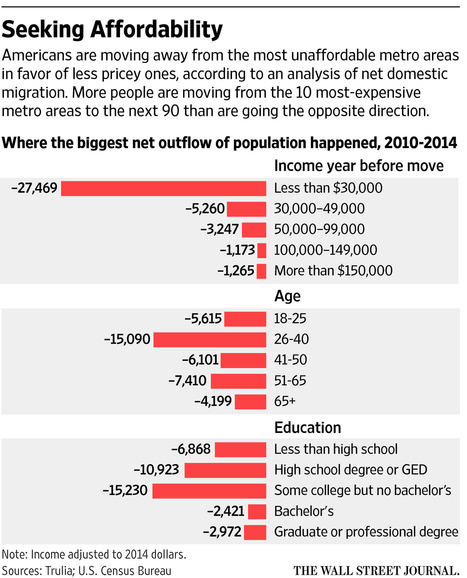(p. 1) PORT HEDLAND, Australia — A lanky, dark-haired surfer, Lee Meadowcroft modeled on the runways of London, Milan and Singapore, then followed his dream of going home to Australia to sell herbal medicines. His store failed — he had chosen the wrong street, he says — and he lost almost all his savings. By then, the fashion world had found fresher faces.
So like tens of thousands of other Australians, Mr. Meadowcroft went to the mines.
It was late 2004. He plowed his last $4,000 into a two-week course on how to operate a crane. He found companies so desperate for workers that they would send chauffeured cars to pick up prospective welders, electricians and crane operators and deliver them to the nearest airport for their flights to mining country, here on Australia’s remote northwestern coast.
China back then was growing at a breathtaking pace and needed all the Australian rocks it could get. Mine workers like Mr. Meadowcroft kept a punishing schedule: 13 consecutive days of 12-hour shifts, a day off, then another 13 consecutive days of 12-hour (p. 4) shifts. Mining fueled Australia’s surging exports to China, which at their peak reached nearly $100 billion a year — a figure representing $4,300 for every man, woman and child in the country.
Resource-rich places around the world prospered thanks to China, and Mr. Meadowcroft and his fellow Port Hedland equipment jockeys were no exception. By 2011 he was earning $250,000 a year.
. . .
The bust came just as hard and just as fast. China’s economic slowdown left too many mines to feed too many dormant Chinese steel mills. Construction of new mines stopped. Port Hedland’s economy slumped. Mr. Meadowcroft lost his job, then lost a second job. Like thousands of others, he went back home.
Mr. Meadowcroft’s tale could serve as yet another boom-and-bust cautionary tale of the limits of China’s rise. From Russia to Brazil, and Nigeria to Venezuela, resource-rich countries that boomed during China’s surge found their economies shaken when Chinese demand slowed.
Except something unexpected has happened to Australia: It has withstood the global rout. Most mines — lower-cost compared with mines elsewhere — have stayed open. But Australia has also kept thriving, against all expectations, with a different kind of money flowing in from China.
Attracted by clean air, a strong education system and worries about China’s future, more Chinese are spending their money in Australia. Thousands of Chinese families have sent their children to study at costly Australian universities, and Australian food exports to China have boomed. Chinese investment in Australian real estate has increased at least tenfold since 2010; Chinese investors have purchased up to half the new apartments in downtown Melbourne and Sydney.
. . .
. . . for people like Mr. Meadowcroft and others in Western Australia who were cut loose by the mining slump, Chinese money is a blessing. He now lives in the Western Australia capital city of Perth and works as an apprentice plumber in new housing developments aimed at Chinese buyers. He earns just $21,000 a year, but that could double or triple when he finishes his apprenticeship.
. . .
(p. 5) . . . for now, Chinese money is still flowing. Many miners who squandered their earnings during the iron ore boom are now trying to catch up in construction jobs. But many others socked away their money from the boom and have used those savings to buy homes or start small businesses.
“They were micro-entrepreneurs,” said Tom Barratt, a University of Western Australia doctoral student who is doing his thesis on labor markets in the Pilbara hills.
Mr. Meadowcroft is among those savers. He bought a house and soon paid off most of the mortgage. He also married his longtime girlfriend after years of commuting to far-flung mines and ports, and is now raising two children as he learns to be a plumber.
Although his savings account is much smaller now, he has no regrets about the boom years. “That was 12 years of really hard work,” he said, “to achieve what a lot of people don’t achieve in their whole lives.”
For the full story, see:
(Note: ellipses added.)
(Note: the online version of the story has the date SEPT. 24, 2016, and has the title “In Australia, China’s Appetite Shifts From Rocks to Real Estate.”)


